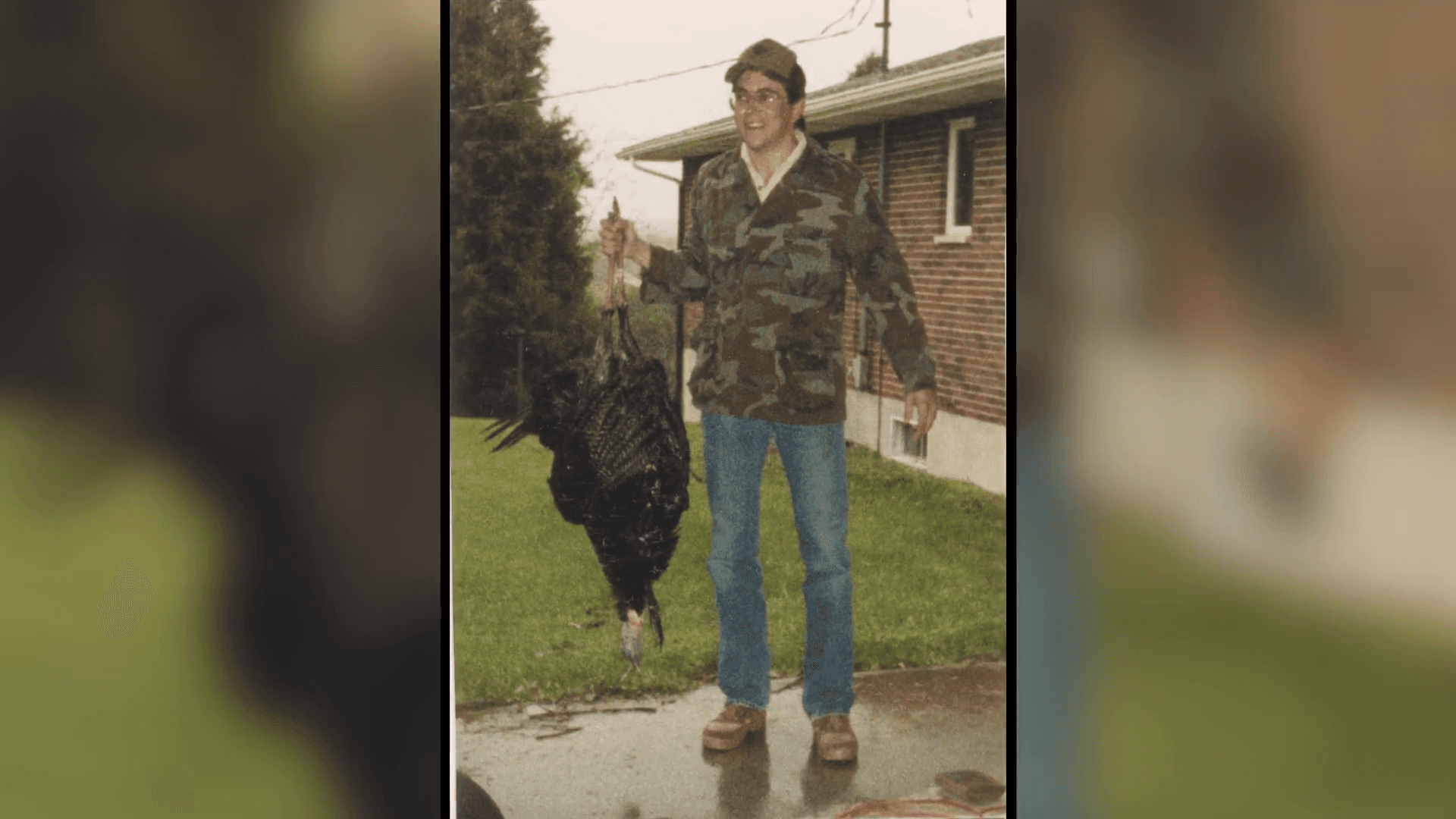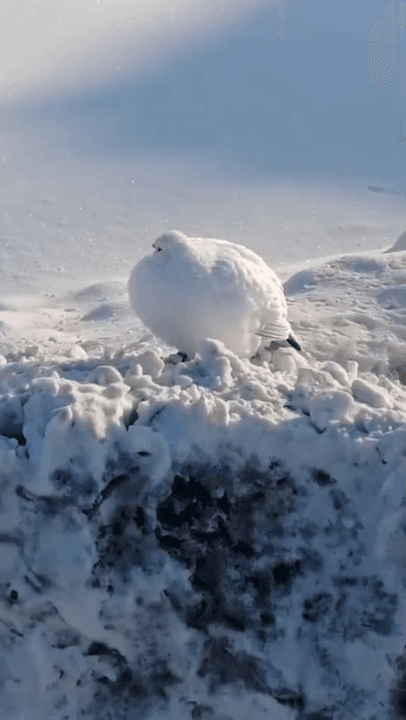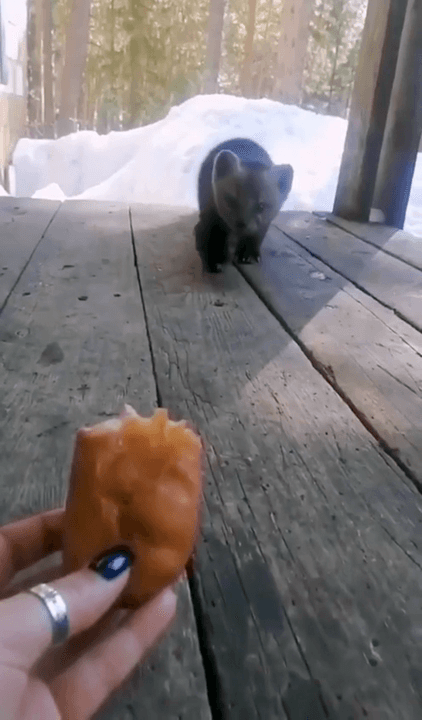
Taylor Land harvests the 10yr old Impossible buck and Mark and Terry's mom is still hunting at 90yrs old. @DruryOutdoors Thirteen / TONIGHT AT 6 PM ET. #FindYourAdventure #hunting #outdoors #deer #deerseason #whitetail #deerhunting
Post: 28 October 09:31













































